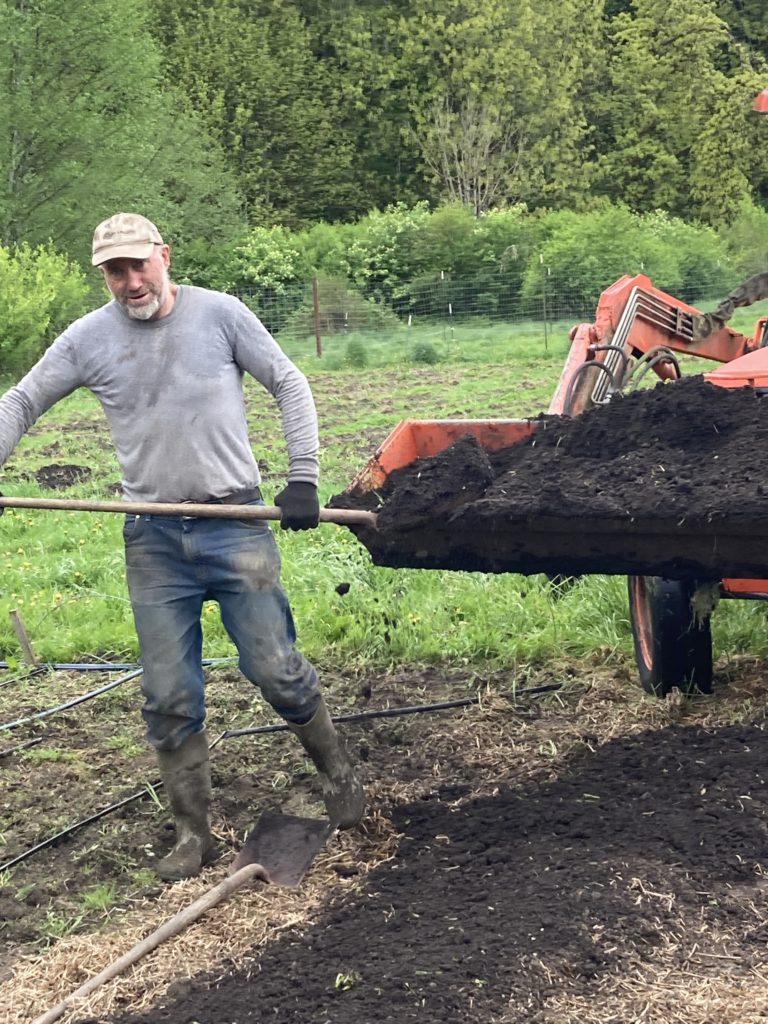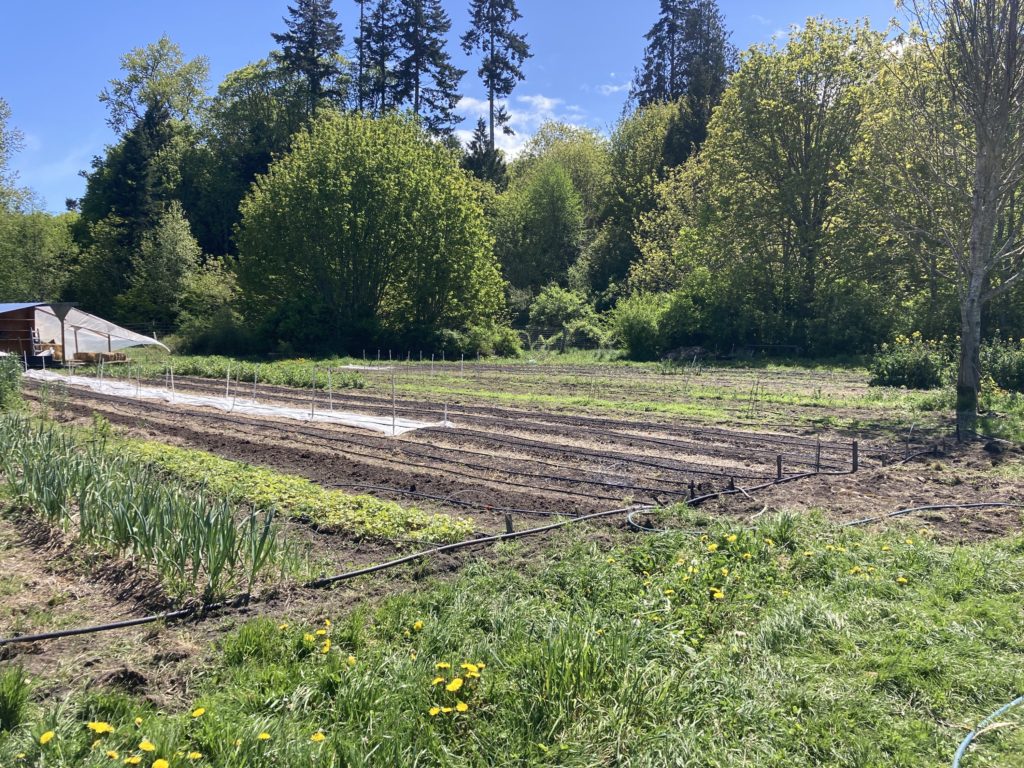
Know farmers, know food
How much of the food we eat comes from regenerative practices? Here in Clallam County we have a growing group of small farms producing fruit, vegetables, eggs and meat regeneratively. Ask your farmers about the practices they employ to grow food.
Here are 5 general principles of Regenerative Agriculture:
- Reduce soil disturbance through low till or no-till agricultural practices
- Keep cover on the soil (green growing cover is most effective)
- Keep living roots in the soil as much as possible
- Create as much diversity as possible
- Integrate animals into the system
Regenerative agriculture is an approach to farming which focuses on improving and revitalizing soil health. It is a holistic, living-systems approach to growing food that restores soil health, biodiversity and water cycles. It not only draws carbon from the atmosphere and puts it back into the soil, regenerative practices reduce carbon emissions and make farms more resilient to climate change, protecting our food supply. It is the only climate solution that reduces carbon emissions, sequesters carbon, and provides greater climate resiliency.
Healthy soils grow healthier, more nutritious food, higher in vitamins and minerals.
Healthy soils have the potential to cool the climate, drawing down the warming gases of carbon dioxide into the soil. Deep root structures within soil can hold water, making droughts less detrimental, while providing soil structure that protects from violent and fast storms arising from climate change.
Healthy soils are the result of conscious practices – in farming, in public parks, in our own front and back yards – based on recent biological understandings of soil and plant systems. Many of these practices stem from indigenous custom based on natural systems.
Healthy soils are inspiring and beautiful!

Adapted from “Know Farmers, Know Food”, by Eleanor Greene, Editor-in-Chief, Green American Magazine # 126, Spring 2023.
